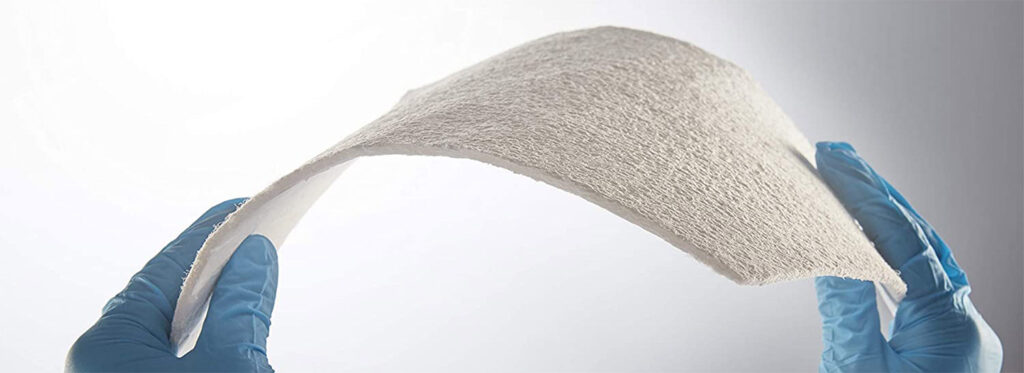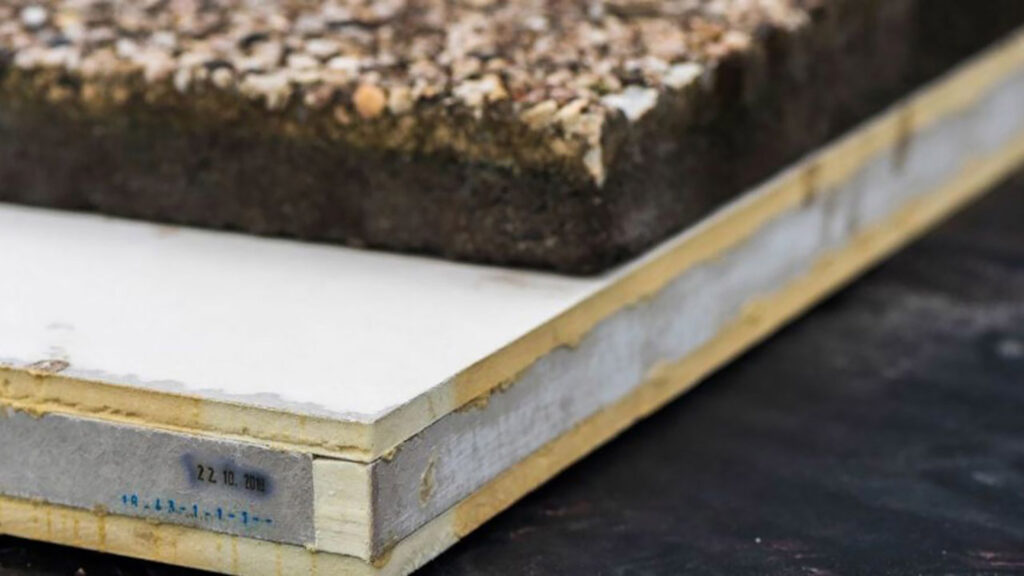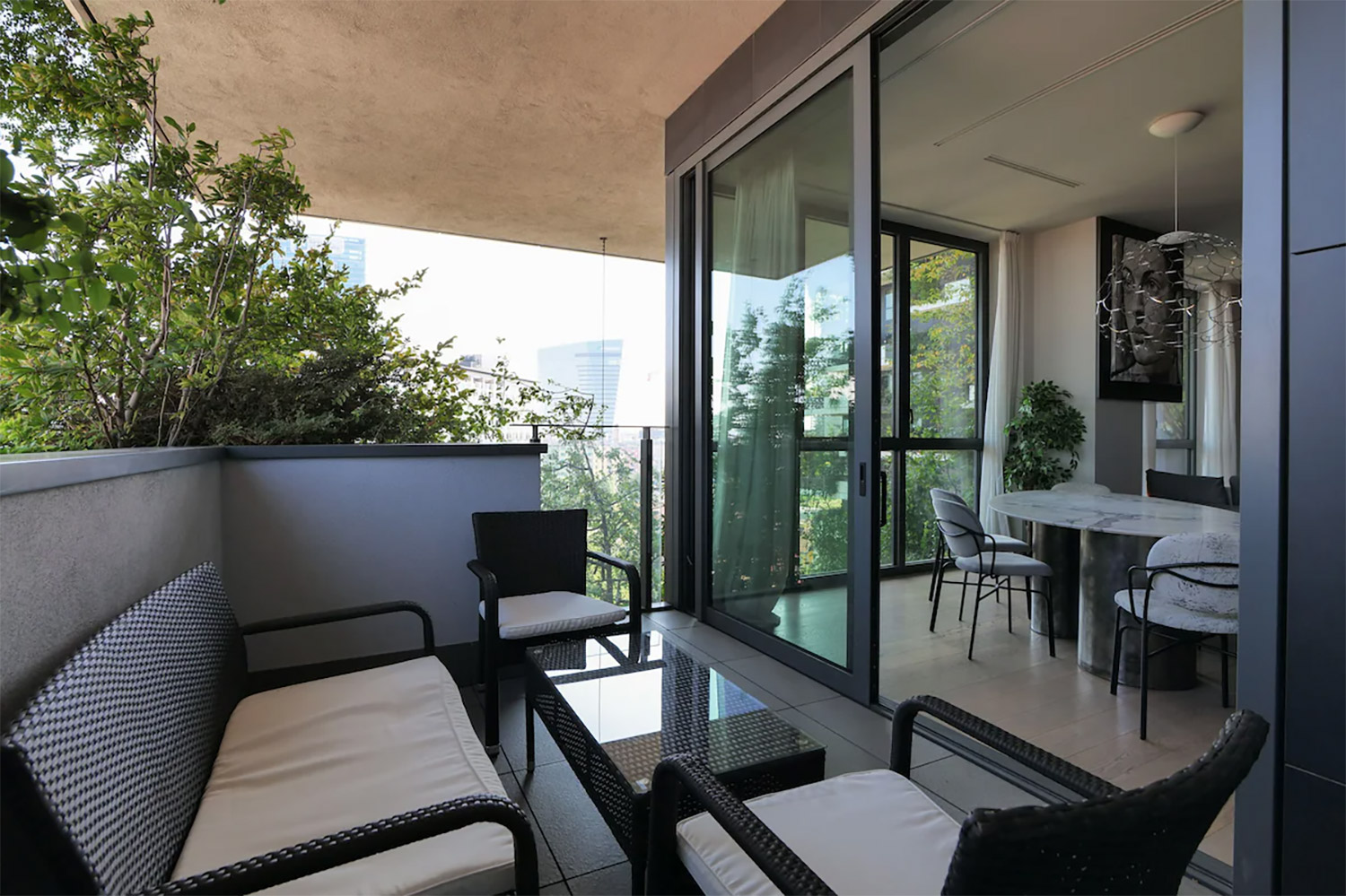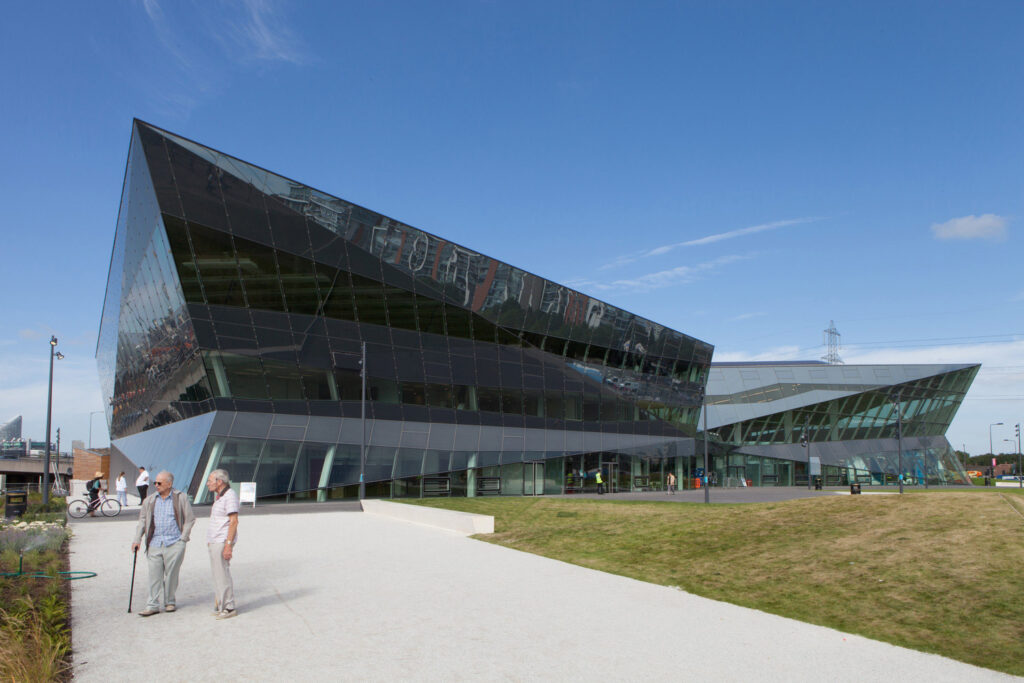As the demand for energy-efficient buildings intensifies, the construction industry faces increasing pressure to deliver envelopes that minimize energy loss and support sustainable performance. Traditional insulation materials, such as mineral wool and expanded polystyrene, have long been the standard for improving thermal resistance. However, these materials often require significant thickness to achieve desired performance, which can limit architectural flexibility and increase the overall footprint of facade systems. Nano-engineered insulation materials are a new generation of ultra-thin, highly efficient products developed using nanotechnology. Facade Today explores how these advanced materials deliver exceptional thermal resistance at a fraction of the thickness of traditional insulation, opening new possibilities for innovative facade design.
Common examples include aerogels – ultra-light, highly porous solids with extremely low thermal conductivity; vacuum insulation panels (VIPs), which use a vacuum core to minimize heat transfer; and nanofibers, which create dense networks that trap air and reduce conduction. These advanced materials offer unique combinations of lightness, flexibility, and high performance, making them ideal for modern facade applications.


Space-Saving and Ultra-Efficient Superstars
The Nano-Insulation Advantage
Ultra-Thin vs. Conventional Insulation: Performance Comparison
Nano-engineered insulation materials offer a significant leap forward compared to conventional insulation, particularly in terms of thickness and space-saving benefits. Traditional materials, such as mineral wool or expanded polystyrene, often require several centimeters of thickness to achieve high thermal resistance. In contrast, nano-insulation solutions like aerogels and vacuum insulation panels deliver equivalent or superior performance in layers as thin as a few millimeters. This ultra-thin profile not only maximizes usable floor area but also enables more creative and streamlined facade designs.
A key metric in insulation performance is the R-value, which measures resistance to heat flow. Nano-engineered materials can achieve R-values several times higher than traditional products of the same thickness, thanks to their extremely low thermal conductivity. This translates into better insulation with less material, supporting both energy efficiency and architectural innovation.
Thermal Efficiency Gains with Nano-Engineered Materials
The adoption of nano-insulation leads to substantial reductions in heat loss and energy consumption. By minimizing thermal bridging and providing consistent coverage – even in complex facade geometries – these materials help maintain stable indoor temperatures and reduce reliance on heating and cooling systems. Their high performance is especially valuable in extreme climates, where maintaining comfort and efficiency is most challenging. As a result, buildings utilizing nano-insulation are better positioned to meet or exceed stringent energy certifications such as LEED, BREEAM, or Passive House standards.
Sustainability and Environmental Impact of Nano-Insulation
From a sustainability perspective, nano-insulation materials offer notable advantages. Life cycle analyses often show reduced material usage and lower embodied energy compared to bulkier alternatives. Their superior efficiency also contributes to a smaller carbon footprint over a building’s lifetime. However, considerations around recyclability and potential health impacts – such as nanoparticle exposure during manufacturing or installation – remain important. Ongoing research is focused on developing safe, recyclable nano-insulation solutions that deliver both environmental and occupant health benefits.

Challenges & Triumphs:
Scaling Nano-Insulation for Smart Facades
Nano-engineered insulation materials are not just standalone solutions; they are increasingly being integrated into smart and sustainable facade systems to maximize building performance. Their ultra-thin profiles and advanced properties make them highly compatible with smart sensors and automated control systems. For example, nano-insulated panels can be embedded with IoT-enabled sensors to monitor temperature, humidity, and heat flow in real time, allowing building management systems to dynamically adjust HVAC operation and optimize energy use.
The synergy between nano-insulation and other sustainable facade technologies is another key advantage. These materials can be seamlessly combined with photovoltaic panels, dynamic glazing, and green walls, enhancing the overall thermal and energy performance of building envelopes. Their minimal thickness leaves more space for integrating renewable energy systems or daylighting features without compromising insulation quality.
In adaptive and responsive facades, nano-engineered insulation plays a pivotal role. Its ability to deliver high thermal resistance in a compact form allows for the development of envelopes that can change properties in response to environmental conditions – such as operable shading, switchable glazing, or phase-change materials. This adaptability supports the creation of intelligent, energy-efficient buildings that respond to user needs and external climate variations.
Moreover, the design flexibility offered by nano-insulation is significant. Architects can achieve sleeker profiles, more creative shapes, and larger glazed areas while still meeting stringent energy codes. This opens new possibilities for both performance-driven and aesthetically ambitious facade designs.
Challenges and Limitations: Cost, Scalability, and Durability
Despite their promise, nano-engineered insulation materials face several hurdles to widespread adoption. One of the main challenges is their higher initial cost compared to conventional insulation. While these costs may be offset by long-term energy savings and reduced space requirements, the return on investment can vary depending on project specifics and local energy prices.
Manufacturing and installation complexities also pose barriers. Nano-insulation materials often require specialized production processes and careful handling during installation to avoid damage or performance loss, which can add to project timelines and costs.
Long-term performance and maintenance are additional considerations. While laboratory tests show excellent thermal properties, real-world durability over decades is still being studied. Issues such as moisture ingress, mechanical stress, and compatibility with other facade components must be carefully managed to ensure sustained performance throughout the building’s lifecycle.
Next-Gen Facades
Where Nanotech Meets Innovation
The field of nano-engineered insulation is rapidly evolving, with research focusing on even thinner, more flexible materials, improved durability, and multifunctional properties such as integrated moisture control or self-cleaning surfaces. Innovations like hybrid nano-composites and dynamic insulation systems are on the horizon, promising to further enhance building performance. As sustainability standards tighten, regulatory bodies are increasingly recognizing and incentivizing advanced insulation solutions, accelerating market adoption. Leading facade manufacturers and architects are already piloting these materials in high-profile projects, signaling a shift toward mainstream acceptance and industry transformation.
Useful links:
https://www.lidsen.com/journals/rpm/rpm-06-01-006
https://www.futuremarketinsights.com/reports/high-performance-insulation-materials-market
Case studies
Siemens Urban Development Center – The Crystal, London, UK
Building initiative: Siemens
Architects: Wilkinson Eyre
Manufacturers: Effisus
Environmental engineering: Arup
The Crystal in London, designed by Wilkinson Eyre Architects, stands as a global benchmark for sustainable urban architecture. Achieving both BREEAM Outstanding and LEED Platinum, the building’s facade leverages nano-engineered insulation materials to deliver exceptional thermal performance within its dramatic, crystal-shaped envelope. By integrating ultra-thin, highly efficient insulation – such as advanced aerogels and high-performance nano-coated glazing – the Crystal achieves superior energy efficiency without compromising its striking transparency and angular design. These nano-insulation solutions minimize heat loss and solar gain, supporting the all-electric, fossil fuel-free operation of the building. The result is a landmark that not only inspires with its form but also demonstrates how nanotechnology can drive sustainability and innovation in modern facade engineering.

Bosco Verticale, Milan, Italy (2014 + 2023–2024 upgrades)
Architects: Boeri Studio
Facade engineering: Arup and Milan Ingegneria
Bosco Verticale, designed by Boeri Studio, revolutionized urban sustainability with its iconic “Vertical Forest” facade. In 2023–2024, the towers underwent upgrades integrating nano-engineered insulation to further optimize energy efficiency. Silica aerogel panels, just 10 mm thick, were embedded within the facade’s structural layers, providing thermal resistance (R-value of 10 per inch) far surpassing traditional insulation. These panels reduced heat loss by 30% while maintaining the towers’ slender profile. Additionally, low-emissivity nanocoatings were applied to windows, reflecting infrared radiation without compromising natural light transmission. The nano-insulation works synergistically with the building’s 20,000 plants, stabilizing indoor temperatures and reducing HVAC loads. Post-upgrade energy audits revealed a 25% drop in heating demand during Milan’s winters. This fusion of biophilic design and nanotechnology sets a new standard for high-performance, sustainable facades in dense urban environments.

Residence Bellevue, Saint-Idesbald, Belgium (2023)
Building contractor and installer: Dakwerken Bruneel
Insulation manufacturer (Recticel Insulation)
The Residence Bellevue apartment building in Sint-Idesbald underwent sustainable renovation using vacuum insulation panels (VIPs), specifically Deck-VQ® panels from Recticel Insulation. These ultra-thin panels, only 45 mm thick with a 25 mm VIP core, offer a thermal conductivity of 0.006 W/mK. This high-performance insulation is ideal for flat roofs and terraces where space is limited. Protected by high-density PIR boards, the panels ensure safe handling and easy installation with customized plans from Recticel. The Deck-VQ® panels can be glued with PU adhesive and accommodate most roofing membranes. This innovative solution delivers first-class thermal performance without structural modifications, making it a quick, reliable, and economical choice for energy-efficient renovations. Residence Bellevue showcases how nano-insulation can overcome space constraints while enhancing building sustainability.

As the Editor of FacadeToday.com, I merge my passion for Design, Architecture and Technologies with three decade of experience collaborating with entrepreneurs across many industries. My career has centered on fostering innovation, scaling business opportunities, and bridging gaps between technical experts, business developers, and creative visionaries. I thrive at the intersection of sustainable solutions, material advancements, and smart technologies, curating insights on themes like energy-efficient facades, smart tech, and advanced manufacturing. With a commitment to lifelong learning, I aim to empower architects and facade engineers by translating innovations into actionable knowledge, driving the industry forward through purposeful connectivity and cutting-edge practices.



